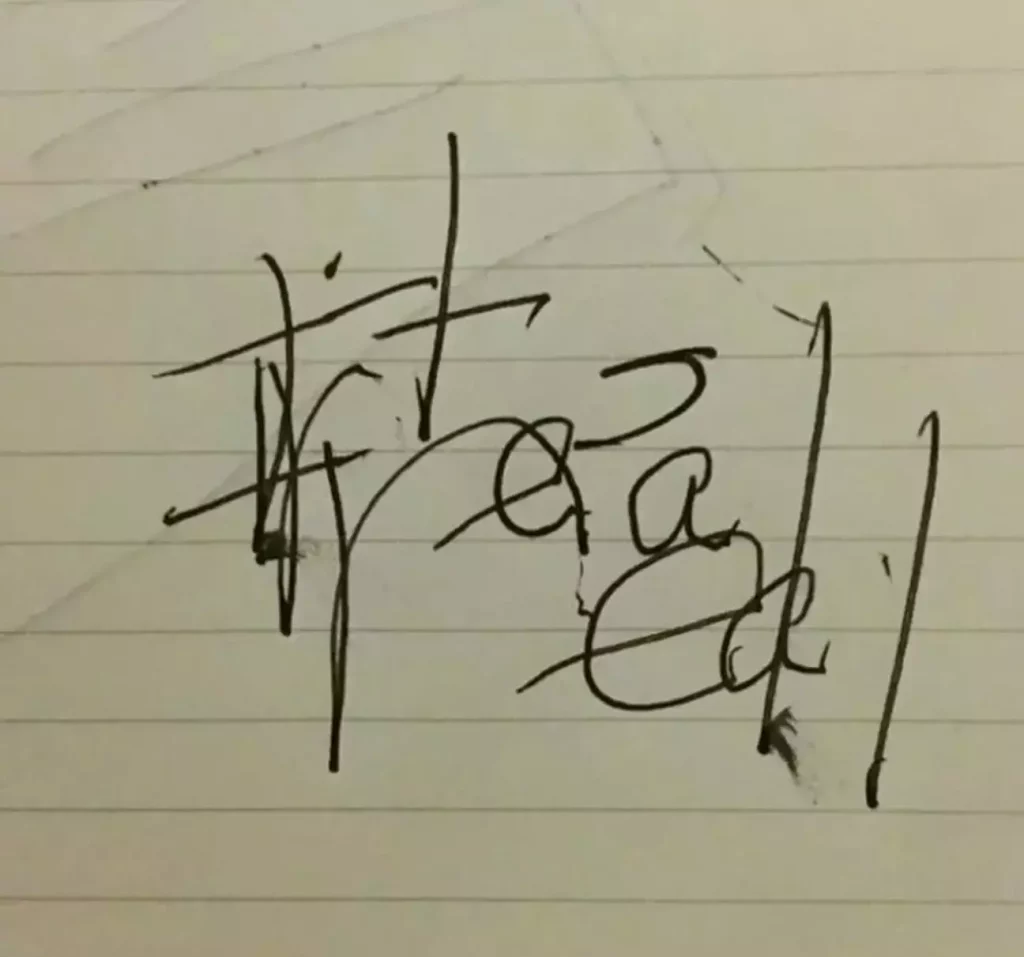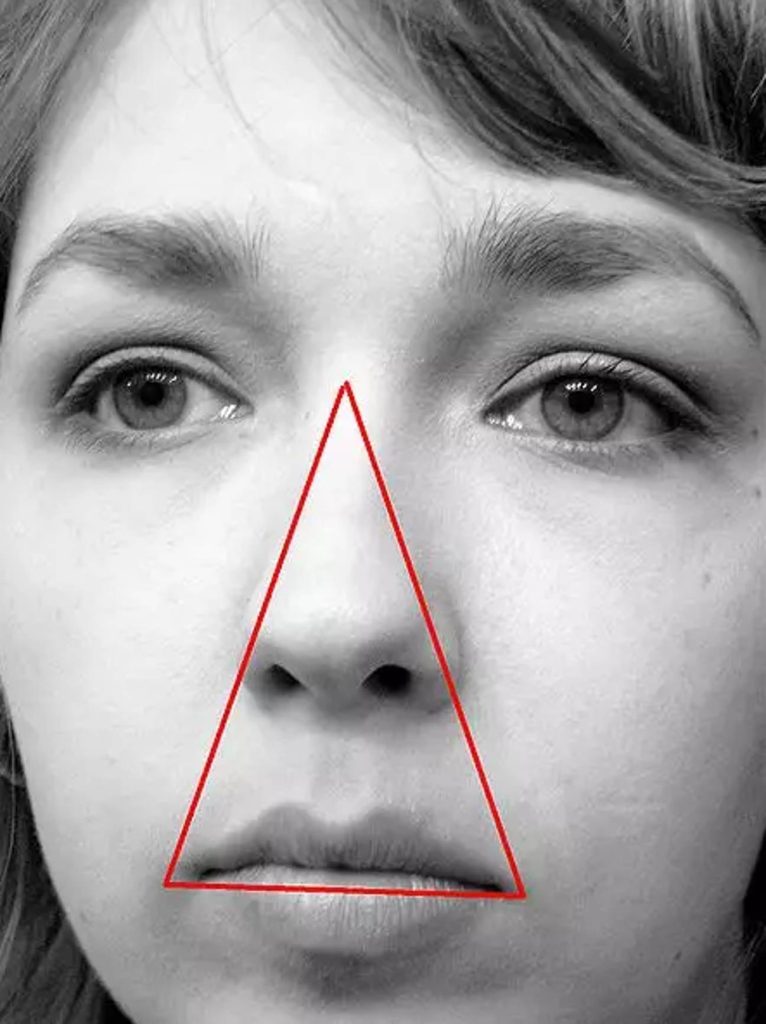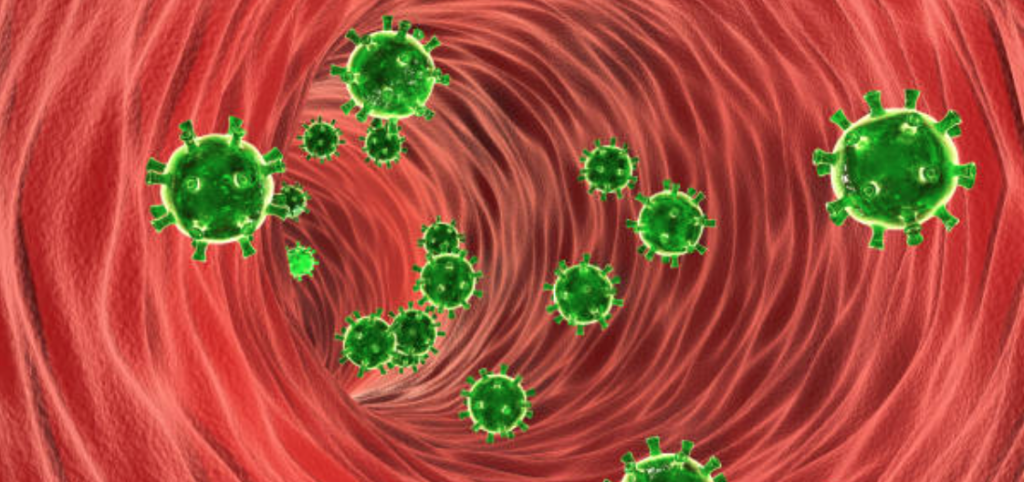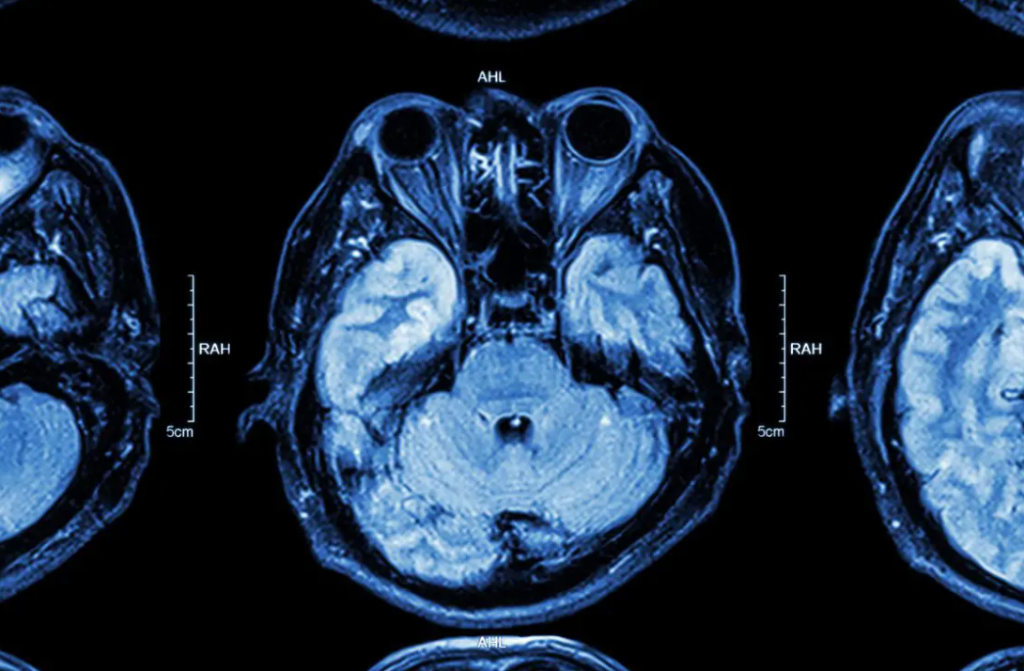Ever wondered what happens when you die?
Watch Our Video Of The Week
What occurs after death? Over the years, many of us have questioned this issue, and various viewpoints have circulated in groups and on the internet.
There are a select few persons who, having experienced the afterlife, may have a deeper comprehension of it than the majority of us.
People who have passed away on an operating table and then come back to recount bizarre visions they had are a common occurrence.
Related Article: Man Faked His Own Death And Went On The Run For 20 Years Believing Police Were After Him
One such person is Tina Hines.
She had a cardiac arrest in February 2018, and despite Brian’s (her husband) best efforts to revive her, she died.
Tina experienced six medical resuscitations on route to the hospital after essentially dying for 27 minutes.

She was intubated in the hospital, but when she ultimately awoke, she asked for a pen and paper right away so she could write her family an ominous message.
Tina scribbled “it’s real” in handwriting that was hardly readable. She simply nodded when asked what was real.
“It was so real, the colours were so vibrant,” Tina told AZfamily.com
She claimed to have seen a person who she thought to be Jesus.
However, incidents like this are common.
Related Article: Donald Trump Jr. Shares Shocking Tweets About His father’s Death After Being Hacked
According to studies, while the majority of people have no recollection of the time they were technically dead, 10 to 20 percent of them experienced some form of visual or sensory episode.
And even while they might appear mysterious, researchers are getting closer to understanding what really occurs during these near-death encounters.
In 2013, University of Michigan researchers studied several rats.
There is a reported increase in brain activity right before death that is greater than during the most awake, conscious state.

The leader of the study, Dr Jimo Borjigin, of the University of Michigan, said: “A lot of people thought that the brain after clinical death was inactive or hypoactive, with less activity than the waking state, and we show that is definitely not the case.
“If anything, it is much more active during the dying process than even the waking state.”
Related Article: World’s Deadliest Karaoke Song Has Caused The Deaths Of Multiple People
The nine rats were studied as they passed away, and a sharp rise in high-frequency brainwaves was observed in the 30-second window following the animals hearts stopped beating.
Could the rise in high-frequency brain waves be the only explanation for Tina’s experience? I doubt we’ll ever find out.
Doctor Warns There’s A ‘Triangle Of Death’ On Your Face
Pimple popping is a popular trend that many individuals enthusiastically partake in, and a variety of tools are readily available to aid in the eradication of these troublesome blemishes. However, what if this seemingly harmless activity could have grave repercussions? Well, one prominent American celebrity doctor has issued a stern warning to the public.
Dr. Mehmet Oz, renowned for dispensing health advice on television shows such as Oprah, asserts that there exists a critical region on your face that should never be disturbed. He refers to it as the “Triangle of Death.”
According to Dr. Oz, this triangular region is defined by the upper portion of your nose and two points flanking your lips. If one were to meddle with this area, he contends that it could pose serious health risks.

In a 2014 interview with CNBC’s Squawk Box, Dr. Oz cautioned, “If you pick at that area, that triangle of death, you run the risk of infection spreading beneath the skin and traveling to your brain.”
However, the peril isn’t limited to just the surface of this “Triangle of Death.” Dr. Oz continued, “When you pluck a hair from inside your nose, it can cause a small amount of bleeding from the disrupted follicle.” This seemingly minor skin damage and blood leakage could lead to severe conditions such as cavernous sinus thrombosis, meningitis, or a brain abscess – all of which are extremely grave illnesses.
Typically, this sequence of events commences with the formation of a blood clot within the sinus. This clot can exert pressure on the nerves surrounding the cavernous sinus, potentially impairing the function of muscles or glands. While such occurrences are rare, if left unnoticed, they could ultimately jeopardize an individual’s life.
Dr. Sandra Lee, popularly known as “Dr. Pimple Popper,” echoes Dr. Oz’s concerns regarding the Triangle of Death. In 2016, she told Allure, “If you ever develop an infected pimple in this region, it has a shorter distance to travel to reach the cavernous sinus. Should inflammation from a pimple spread, there is a potential risk of blindness or stroke.”
However, due to the rarity of such cases, there is limited scientific information available to substantiate these claims. Consequently, the medical community has distanced itself from Dr. Oz.
The American Council on Science and Health has not endorsed his advice, citing a lack of supporting evidence. The organization once stated, “We, like others in the scientific community, have consistently criticized Dr. Oz for dispensing advice that lacks scientific evidence. His recommendations often lacked legitimate scientific literature citations, frequently disregarding potential harm and associated high costs.”
Given these considerations, you might want to think twice before attempting to pop that troublesome pimple in the Triangle of Death.
Featured Image Credit: The Oprah Winfrey Show
The World Most Dangerous Disease ‘Laughing Death’ Kills 100% Of People
No one survived this deadly illness!
Picture the most perilous disease on Earth, a condition with a nearly 100% fatality rate – a rarity in our modern world. Amid the countless diseases that impact millions worldwide daily, one, in particular, stands out as a silent and deadly threat: Kuru.
Kuru, often referred to as the ‘laughing death,’ is a rare neurodegenerative disorder that emerged from the depths of Papua New Guinea in the 1950s, with its origins rooted in the practices of cannibal tribes. In the language of the Fore tribe, ‘Kuru’ carries two haunting meanings: ‘trembling’ and ‘deterioration.’

According to the experts at MediGoo, this terrifying ailment is triggered by abnormally folded prion proteins. Its primary symptoms are a loss of coordination and tremors, making it an insidious foe.
But why the nickname ‘laughing death’? Some victims were observed with peculiar smiles, while others suffered from random and uncontrollable fits of laughter – an eerie and unsettling aspect of this disease.
The unsettling truth is that Kuru spread through cannibalistic funeral rituals practiced by the Fore people, who believed they could inherit the deceased’s wisdom and prestige. This macabre ritual was primarily carried out by women and children, leading to a higher prevalence of the disorder in these groups. Meanwhile, men tended to consume muscle tissue instead.

Even those who had no part in the cannibalistic rituals were not safe. Kuru could also infect individuals who came into contact with someone carrying the disease and had an open wound, as per Healthline.
Although the practice of consuming brain tissue ceased in the 1960s, Kuru’s legacy persisted, claiming lives for years to come.
One of the most chilling aspects of Kuru is its incubation period, which can stretch for several years or even decades. When symptoms finally emerge, the afflicted individual typically has only a year or two to live.
Woman Makes More Than $600 A Month Renting Out One Side Of Her Bed To Lonely Strangers
Kuru progresses in three ominous stages. First, it begins with headaches and joint pain. Then, the person’s ability to walk deteriorates, accompanied by tremors and involuntary jerks. Finally, in the last stage, speech becomes impossible, dementia sets in, and even basic tasks like eating and swallowing become daunting challenges.
Sadly, Kuru has no known cure, and it is almost always fatal, typically claiming its victim’s life within a year.
Interestingly, from 2010 onwards, no deaths from Kuru have been reported – though details about the last known case remain somewhat murky. Some sources suggest the last person succumbed to Kuru in 2005, while others claim it was in 2009, adding an eerie air of mystery to the disease’s final chapter.
















